Plans have been approved for La Maravilla, a nine-story permanent supportive housing complex at 1979 Mission Street in San Francisco’s Mission District. Construction is now set to start early next year on the first of three phases on the large parcel overlooking the 16th Street BART Station. Mission Economic Development Agency and Mission Housing Development Corporation are jointly responsible for the project.
Earlier this week, the San Francisco Board of Supervisors approved a $61 million loan from the Mayor’s Office of Housing and Community Development, tax-exempt bonds, and a long-term tax-exempt ground lease for the first phase.
José García, MEDA’s Chief Real Estate Officer, said in a press release about the event, “Today is about more than just a building—we are creating opportunity, stability, and futures for our residents. We thank Supervisor Fielder, our co-developer Mission Housing, and the Mayor’s Office of Housing for their commitment to this community vision.”
District 9 Supervisor Jackie Fielder said, “I am deeply grateful to the Mission community organizers who fought for over a decade to make La Maravilla a reality… The vote by the Board of Supervisors is the final legislative step before our affordable housing developers can finally break ground on the first of three buildings that encompass La Maravilla and will bring desperately needed housing to hundreds of our most vulnerable residents.”
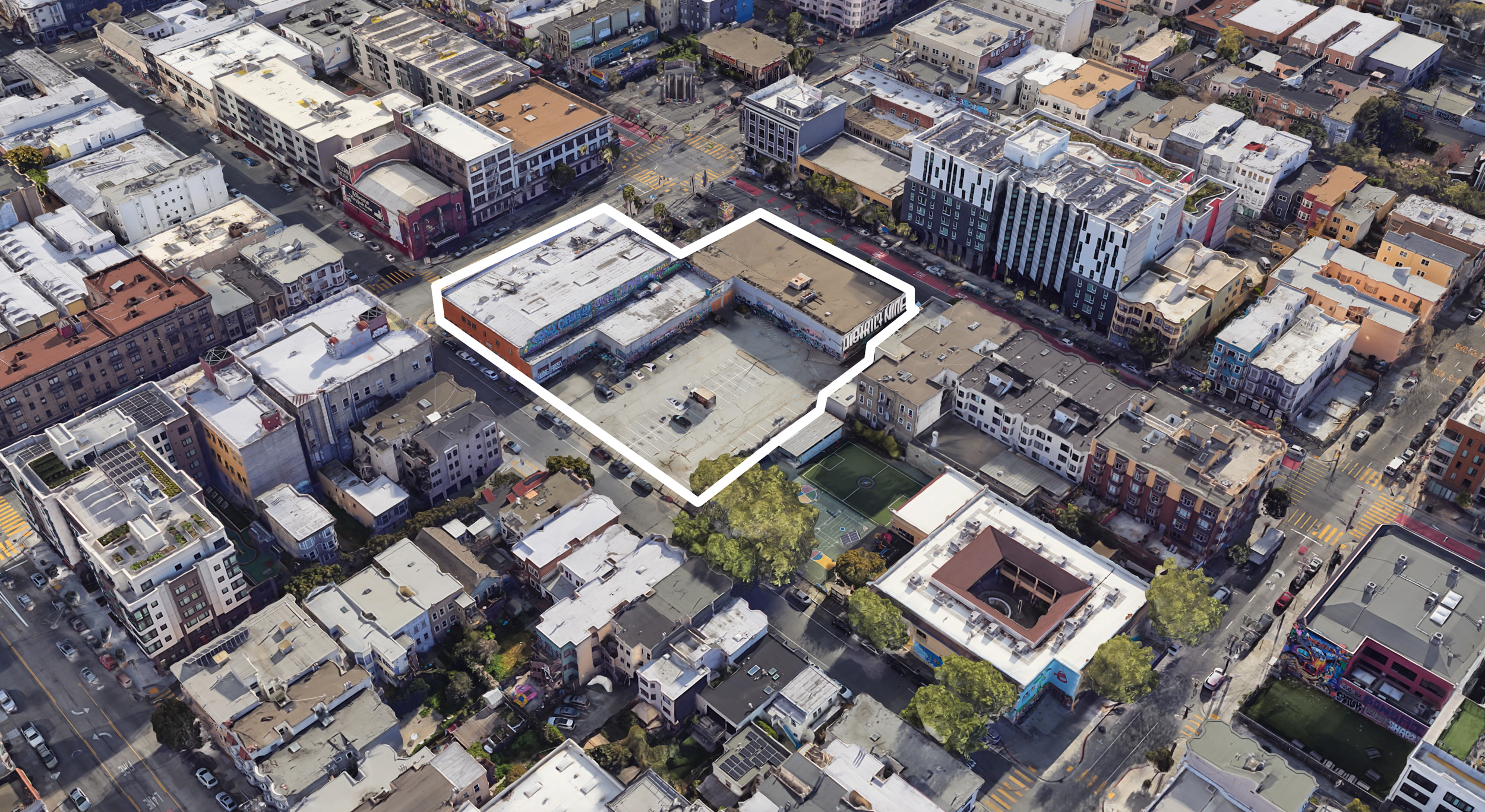
1979 Mission Street full area property outlined approximately, image via Google Satellite
The first phase is expected to rise nine floors with 101,050 square feet, including 93,750 square feet for housing and 1,540 square feet for a wellness clinic. The project will contain 136 rental apartments, with 89 studios, 46 one-bedrooms, and one two-bedroom. One unit will be set aside for the on-site property manager, with the remaining 135 units set to become permanent supportive housing for formerly homeless residents.
Herman Coliver Locus Architecture is responsible for the design. Illustrations show a semi-colorful structure with a sawtooth-style facade and solar shades.
Site preparation is expected to start in December, with construction beginning in early 2026. On-site management and services will be assisted by John Stewart Company and Lutheran Social Services.
Full build-out of the 16th and Mission Street site is expected to deliver 382 affordable homes, with 134 units in phase two and 112 units in phase three.
Subscribe to YIMBY’s daily e-mail
Follow YIMBYgram for real-time photo updates
Like YIMBY on Facebook
Follow YIMBY’s Twitter for the latest in YIMBYnews

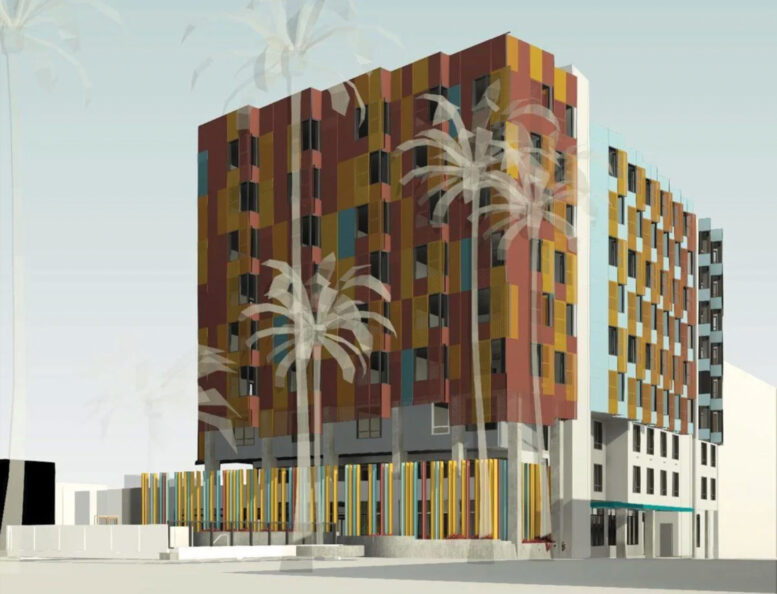
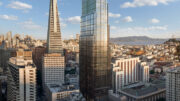
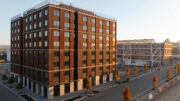
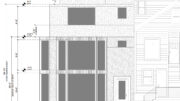
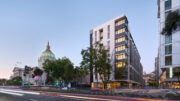
Missed opportunity in closing off the bart plaza to the apartments. Could have had the market directly accessible from the station.
The supervisor is bragging about how they fought for 10 years to build — 300 units of “supportive” housing lol. The absolute state of SF right now.
Why would you build supportive housing right next to a hot bed of crime and drugs? I imagine that is triggering and creates an unstable environment everyday for the residents.
Wealthy homeowners in safer neighborhoods make it very difficult to build affordable housing (albeit it may become easier with the ban on CEQA for infill), not to mention more competition for more expensive land that isn’t already blighted. On the flip side, it is still not easy to build in places like the Mission either, with misguided antigentification activists and nonprofits. The net result is housing actually gets built after gentrification happened (like here) and much of the working class community has already been displaced after competing for the same old housing stock that new tech workers desired.
The expectation probably is that having the housing right there, especially with an on-site manager, a spotlight will be on the “hotbed of crime and drugs” that didn’t formerly exist and will be continuous vs intermittent. In other words, San Francisco law enforcement can’t be depended upon to enforce the laws on their own initiative. They need a “nudge” to keep reminding them of their duty and telling them “Yes, you can (arrest people breaking even misdemeanor laws).”
This is a very promising development the planned nine-story supportive housing complex at 1979 Mission Street in the Mission District represents a meaningful investment in stability and opportunity for formerly homeless residents, and it reflects deep community advocacy finally bearing fruit. With 136 units in phase one (and hundreds more in the subsequent phases) aimed at providing not just housing but also wrap-around wellness services, the project champions equity and inclusion in one of San Francisco’s most dynamic neighborhoods. The collaboration between the Mission Economic Development Agency, the Mission Housing Development Corporation, and city agencies signals a strategic alignment toward social impact, while its proximity to the 16th Street BART station enhances accessibility for residents. As with all transformative urban projects, what remains crucial is maintaining affordable long-term stewardship, strong resident supports, and genuine integration into the fabric of the neighborhood only then will the vision for “creating opportunity, stability, and futures” truly be realised.
This is a copied and pasted press release from somewhere.
Talk about run-on sentences.
Grammarly recommended adding at least three periods.
The bad joke is that 16th and Mission and 24th and Mission were selected for BART stations in the 1960s because of the surplus of underdeveloped land around them for housing. Mid-rise affordable housing projects were proposed at the time, which were torpedoed by neighborhood activists as gentrification. 65 years of many hundreds of units housing were denied to the community by those misguided antigentrification activists.
It’s good that state laws have changed so that segregationists can’t hold development sites like this hostage for a decade because the “wrong type of people” might end up living there (which cuts in both directions).
Not exactly sure of what you’re attempting to elude here, but it sounds packed with unintentional irony. Didn’t the sleazy activists do this (twice)??? It’s great that BMR housing is being built, but this project falls short relative to the initial proposal in a dozen ways.
I’m saying that both activists who demand *only* subsidized housing be allowed in a neighborhood AND wealthier NIMBYs who say you absolutely can’t build subsidized housing in their neighborhoods are both responsible for the housing crisis we’re in now. And both those positions are fundamentally predicated on the belief that only certain types of people should be able to live in a certain place. The types of people these groups don’t want living near them tend to fall on opposite ends of the ethnic and socioeconomic spectrum.
And just to be clear about this site specifically, the original project should have been allowed to go ahead, especially when the developer was going to build off-site subsidized housing as well. NIMBYs, regardless of their motivations, should not have had any ability to stop the project, nor should the BoS or city government more broadly have had that ability. New state laws took those powers away, which is unequivocally a good thing.
My favorite part of this design is the fence that cuts off the housing from the plaza. Super sharp way to create a sense of security and connect housing to the community while emphasizing an improved street level experience. I kid, obviously.
By no means to I wish it, but this stop will be a mess for the next 4 generations because of the lack of foresight, planning and thoughtful compromise the neighborhood really deserves. Couldn’t have done it without Jackie Fielder’s leadership. Hooray.
If selfishness got them to where they are today, do they really “deserve” a more respectful design that takes more and more labor to produce something that will probably get turned down again?
It’s taken a decade to get this far. They are getting, respectfully, precisely what they deserve. I’d say they should be grateful someone has held on this long to get all the parts together. What would be fun is calculating the millions wasted on this decades-long process and tallying how many hundreds of other units they could’ve built with that budget, just vanishing in the air.